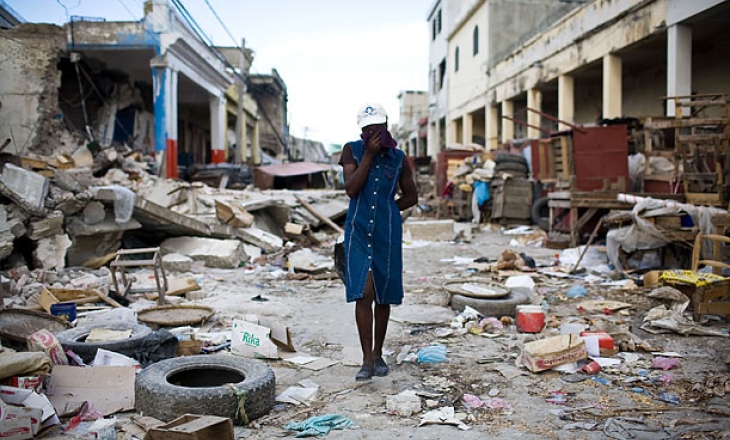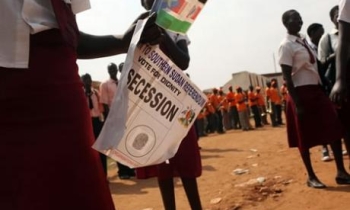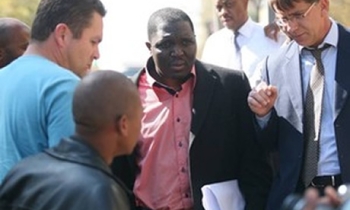This is a story of two disasters and their respective coverages in the US media: that of the Katrina hurricane disaster and the Haiti earthquake. Each disaster was covered differently in the US news media, researcher Jennifer Petersen has found.
The bottomline was this: the disaster in New Orleans became, over the course of the coverage, a catastrophe, an exception, whereas the earthquake in Haiti was depicted as a crisis to be managed. In the case of the former, in the midst of utter chaos, journalists simply expressed disbelief. It just couldn't happen to the US of A. In the case of Haiti, where the US helped in reaching out aid, journalists adopted a different tack: they were confident in the ability of aid agencies and military forces to remedy the situation.
Petersen, who is from the Department of Media Studies, University of Virginia, compared the reach and effect of the two events. The final number of dead in Haiti was estimated to be between 46,000 and 316,000, while the final death toll from Katrina was estimated to be 1,833. Petersen argues that the concepts of racism (in case of New Orleans) and colonialism (in case of Haiti), do not explain the differences in their coverage. She delves deeper.
She writes:
Yet, noting that the focus on looting and “criminality” intersected with race and racial discourse does not explain why the looting frame was applied to behaviors of Black residents of New Orleans but not those of the Gulf Coast. Nor does it explain the breakdown of the looting frame at the end of the first week of coverage of Katrina. Similarly, the history of colonialism alone does not explain the naturalization of disaster in Haiti, or the framing of the story as a medical one in the U.S. news. In examining the coverage, risk emerges as an underlying theme that helps to explain many of these journalistic choices.
Petersen talks of risk thinking. She argues that risk thinking mediates between disasters and their journalistic interpretation and presentation, as it directs reporters to ask particular questions about natural disasters. She says that risk thinking surfaces in the journalistic expectations that structure news coverage. She asserts that while news events are in general unexpected, they are planned for. So, the selection of sources, beat reporters, and frames are all practices that evidence journalistic expectations, including those based on risk assessments.
She concludes:
In reporting on each disaster, journalists and news outlets defined the contours of the crises they were covering. In treating one as predictable and manageable, part of the normal social order, and the other as a total breakdown of this order, they exposed underlying assessments of order, security, and risk in the United States and Haiti. This difference was not just a description, but a highly political argument about the “proper” racial and geopolitical distribution of adversity. This political element of the news coverage was in a sense hidden by the logic of risk, which provides an abstract and seemingly neutral, technical ground for the coverage (as mere description or reportage). Yet, the very different assessment of the riskiness of the two locations shows how news produces some people and places as “at risk” and in need of intervention and others as secure. In this, risk is one of the contemporary technical knowledges that makes possible racial, class, and national hierarchies. As was the case in this news coverage the seeming neutrality of risk assessment and management disguises and legitimates the political propositions it contains. The logic of risk assessment, then, allowed for the expression of propositions that would have been unpalatable if put in political and ethical terms: that calamity, even that of natural disaster, should not be evenly distributed but should rather follow the global distribution of technology, money, and management.










